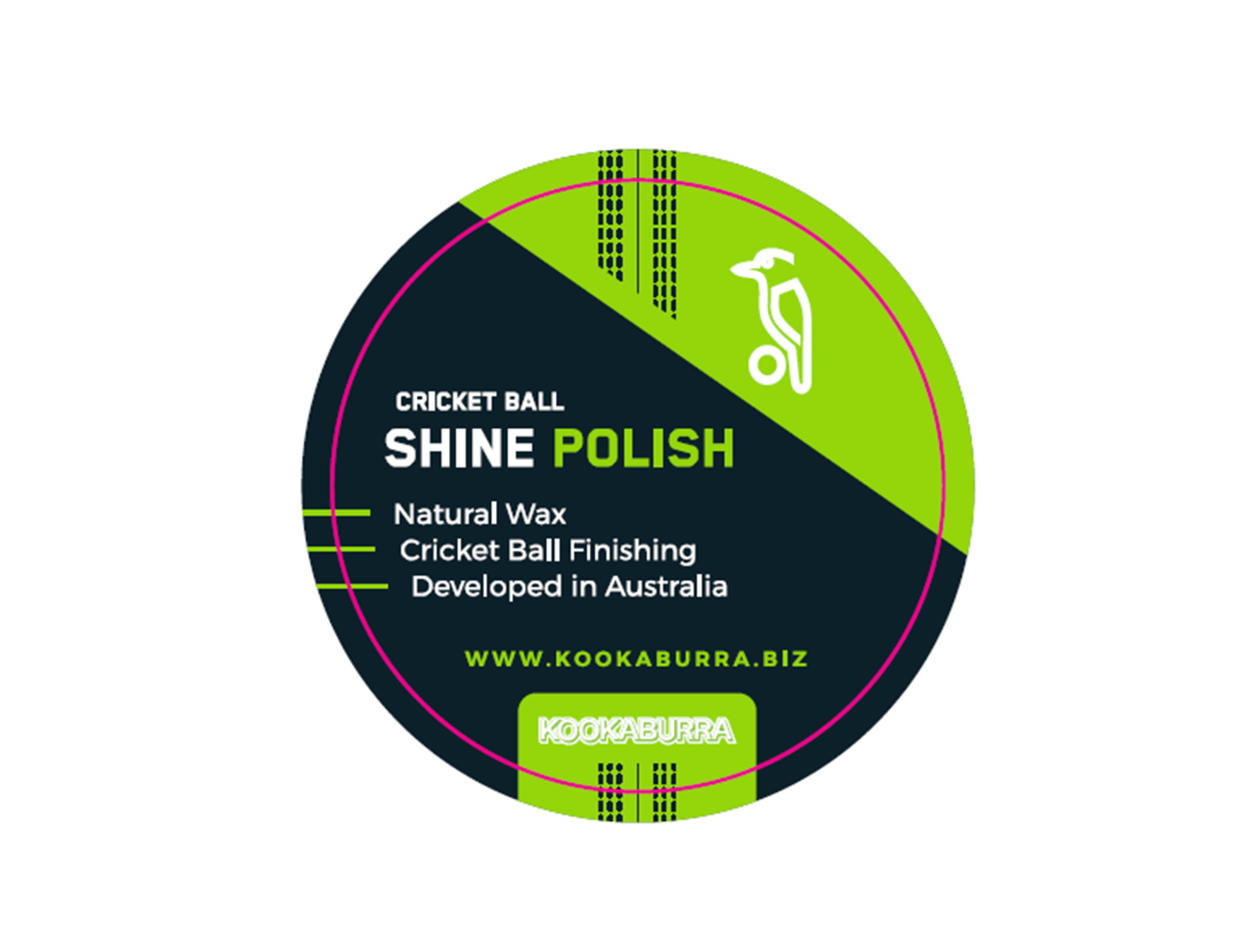Kookaburra come up with wax alternative to polish cricket balls post-coronavirus

Australian manufacturer Kookaburra has developed a wax applicator that would allow cricket balls to be shined without using sweat or saliva and believes it could be ready to use within a month.
The time-honoured methods of polishing – which are crucial to the art of swing bowling – appear to be incompatible with health advice regarding transmission of Covid-19 and there is a possibility the use of bodily fluids could be temporarily banned when top-level cricket finally returns.
The laws of cricket explicitly state that fielders must not use “artificial substances” to alter the condition of the ball but the idea that umpires would oversee the process, or even use the sponge applicator on behalf of the bowling team, provides a possible solution.

Inspired by existing products used in the footwear industry, Kookaburra has been busy working on a compound that would help bowlers avoid becoming disadvantaged in a post-coronavirus context.
Brett Elliott, group managing director of the brand, told the PA news agency: “The most effective mitigating action to avoid risk would be to introduce a temporary ban on the traditional shining method. This could be immediately introduced, enabling cricket to resume as soon as it is safe.
“Kookaburra’s research and development centre in Australia has been working on a product to replace the traditional methods of polishing a ball that could be controlled and managed by the match umpire. We have developed a unique wax formula for polishing a cricket ball.
“The pocket size sponge applicator would enable umpires or players to apply a thin layer of wax which could then be rubbed and polished in a traditional manner to enhance the shine on the ball.
“This could be available within a month, however has it yet to be tested in a match conditions as the ability to complete real trial matches at the moment is inhibited.
“It may not be something we need to make forever, it’s designed to get cricket back and give administrators time to make decisions. Nobody was calling out for this 12 months ago so maybe it is more of an interim measure.”
Chief among the company’s thinking has been a desire to preserve the existing balance between the game’s various disciplines.
“It’s important that a change to the method of ball polishing does not provide favour to one bowling discipline over another; the beauty of cricket is that it encourages teams to use a range of bowling skills and it would be a shame to lose any of them,” said Elliott.
“The ultimate objective and challenge faced by manufacturers and administrators is to ensure the balance between bat and ball is preserved.”
Elliott also referred to an idea longer in gestation, a ball made from entirely artificial materials. In the past that has primarily attracted interest from animal rights group and vegan activists but has now entered the current pandemic conversation.
“Kookaburra has been working for several years on the development of a synthetic ball to avoid the use of leather. This ball would not require traditional polishing,” he added.
The England and Wales Cricket Board use Dukes as supplier of their red Test balls, as do Ireland and the West Indies, India use SG and the rest of the full member nations opt for Kookburra, which makes all white balls for limited-overs cricket.
Elliott confirmed the new product would be available for use by any international boards on either red or white balls.
As guardians of the laws, MCC will surely take a keen interest in developments, while the International Cricket Council have a number of steps it could take before signing off.
A report from its medical committee advising against the use of sweat and saliva would be first, followed by consideration by the cricket committee and finally a go ahead from international chief executives.


